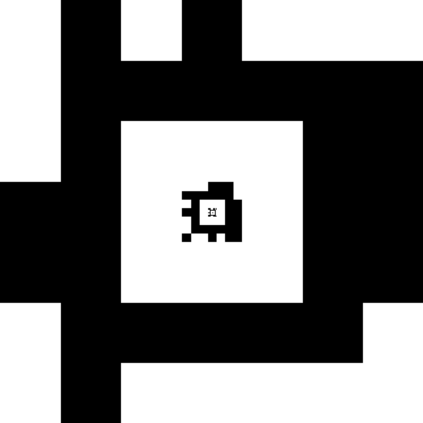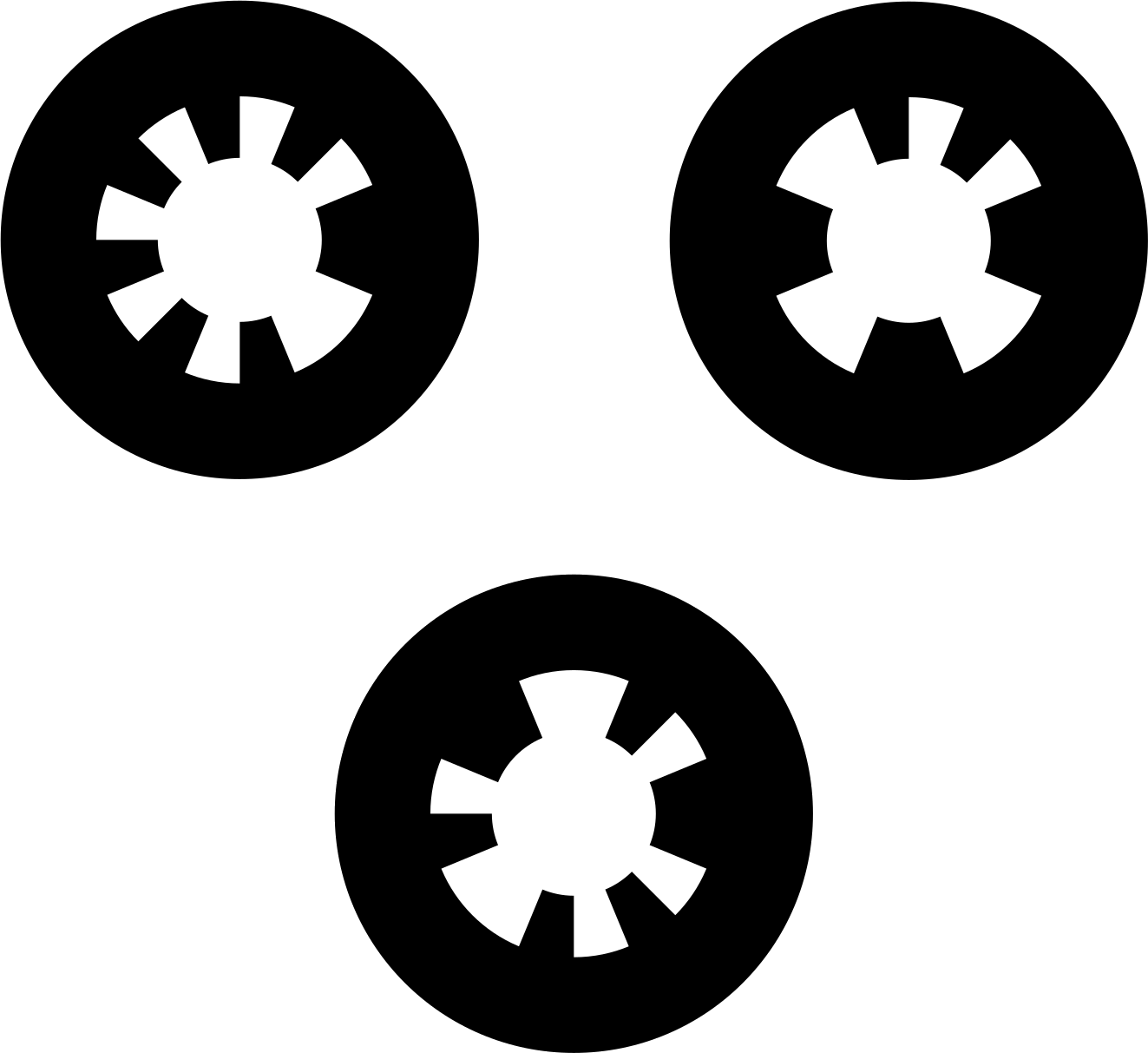Precision landing is a remaining challenge in autonomous drone flight, with no widespread solution. Fiducial markers provide a computationally cheap way for a drone to locate a landing pad and autonomously execute precision landings. However, most work in this field has depended on fixed, downward-facing cameras which restrict the ability of the drone to detect the marker. We present a method of autonomous landing that uses a gimbal-mounted camera to quickly search for the landing pad by simply spinning in place while tilting the camera up and down, and to continually aim the camera at the landing pad during approach and landing. This method demonstrates successful search, tracking, and landing with 4 of 5 tested fiducial systems on a physical drone with no human intervention. Per fiducial system, we present the number of successful and unsuccessful landings, and the distributions of the distances from the drone to the center of the landing pad after each successful landing, with a statistical comparison among the systems. We also show representative examples of flight trajectories, marker tracking performance, and control outputs for each channel during the landing. Finally, we discuss qualitative strengths and weaknesses underlying the performance of each system.
翻译:精确着陆是自动无人驾驶飞机飞行的剩余挑战,没有广泛的解决办法。 隐形标记为无人驾驶飞机找到着陆场和自动执行精确着陆提供了一种计算便宜的方法。 但是,这一领域的大多数工作都依赖于固定的、向下拍摄的摄像机,这限制了无人驾驶飞机探测标记的能力。 我们提出了一个自动着陆的方法,它使用一个装有Gimbal的相机,在向上和向下倾斜的同时,简单地旋转,快速搜索着陆场,并在接近着陆和着陆时继续将相机瞄准着陆场。这种方法显示在5个测试过的飞地系统中,有4个系统在无人驾驶飞机上成功搜索、跟踪和着陆,没有人干预。 系统显示成功和不成功的着陆次数,以及每次成功着陆后无人驾驶飞机到着陆场中心之间的距离分布,并在各系统之间进行统计比较。 我们还展示了飞行轨迹、标记跟踪性能和着陆期间每个频道的控制输出的有代表性的例子。 最后,我们讨论了每个系统运行质量强弱。








